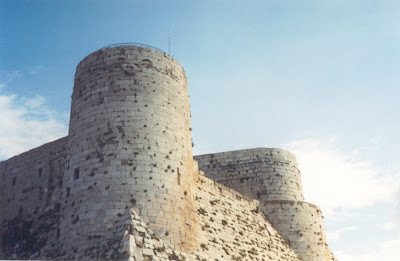Saab Barracuda and Fibrotex have both made multi-spectral camouflage systems that seek to hide or disguise the visual/near Infrared, thermal and radar signature of the tanks. They also use heat transfer materials to hide the heat that accumulates on the tank in the day.
Saab's Mobile Camouflage System (MCS) seeks to hide glossy materials and flat surfaces with a three dimensional textiles with appropriate colors and infrared signatures in line with the environment of the area of operations. The 3D nature of the system is also hoped to have an effect on laser targeting and ranging systems of land and air based threats. The most recognizable part of a tank is the turret and main gun and the MCS seeks to camouflage the distinctive outline of these structures with contour disrupters. The radar camouflage hopes to diminish or eliminate the detection by synthetic aperture radar, but I think that is wishful thinking for the most part.
The Fibrotex system, seen here on IDF tanks, is similar, but uses a network of tiles rather than a textile cover. They state that it is effective in hot and cold environments, wet or dry conditions.


This is a German Leopard 2 tank in Afghanistan, it is painted in a disruptive, digital pattern designed to camouflage the tank, at least at distance. Once again, I am not sure how effective this would be on a 50 ton vehicle that makes about as much noise as sending a school bus through a chipper shredder. I have heard some rumours and that the paint used has some thermal qualities that are intended to lower its IR signature, but so far no proof of that has surfaced.

















































